|
What is this thread? This thread is for those people have learned the basics of photography and want to learn more. Ideally, you already know about topics such as aperture, ISO, shutter speed, exposure compensation, and white balance. (If you don't I suggest the forum favorite Understanding Exposure by Bryan Peterson which covers most of the fundamentals.) You're now wondering what you should learn next. Panning, night photography, flash, double exposures, are just a few of the potential topics. The idea of this thread is to spend a few weeks exploring a main topic and several subtopics at a time. We'll do this by sharing resources such as articles, videos, and photos and critiquing each others photos. I'll admit, I don't know much about these topics but I'll d my best to get the ball rolling and the idea is that people will contribute as we go. Thread Rules
Reiterating Some Forum Rules (So this thread doesn't crash and burn.)
Future Potential Topics (Feel free to suggest some.)
Can't wait to move on to the next topic? Check out these resources/tutorials. (Feel free to suggest some.)
|
|
|
|

|
| # ¿ May 15, 2024 00:20 |
|
Reserved for archiving of thread information.
|
|
|
|
  First Topic: Black & White Photography First Topic: Black & White Photography   Introduction I've picked this as a subject because when I first started taking photos, I never really understood B&W photos. I'd turn on the creative option or hit the button in Lightroom to turn the photo to B&W but never really understand why I'd do it. What resulted were crap photos that didn't utilize any of the benefits or strengths of black and white photography. The base of this discussion is to address this issue. Additionally, it will be an exploration into B&W film (of which I have no experience), tone, texture, contrast, and all the wonderful things that B&W is great at showcasing. Resources to Get Started Dorkroom's Black & White Photography Thread quote:This thread is intended to be used to share any of your black and white (including toned B&W) photographs. These images can be of any subject. Seeing in Black and White quote:Once you challenge yourself to let go of the beauty of the colors in your usual color subjects your approach can change dramatically. It becomes more about tones, patterns, contrast and mood. You can end up photographing your regular subject entirely differently when you start to play more with shapes, patterns and designs you might otherwise not have noticed when color is involved. Tone, Texture, Shape, Etc quote:We're used to seeing in colour. When colours are converted to black and white, they become shades of grey. Light colours become highlights, and dark colours become dark tones. The differences between these shades is called tonal contrast. Some of my Favorite Black and White Photos 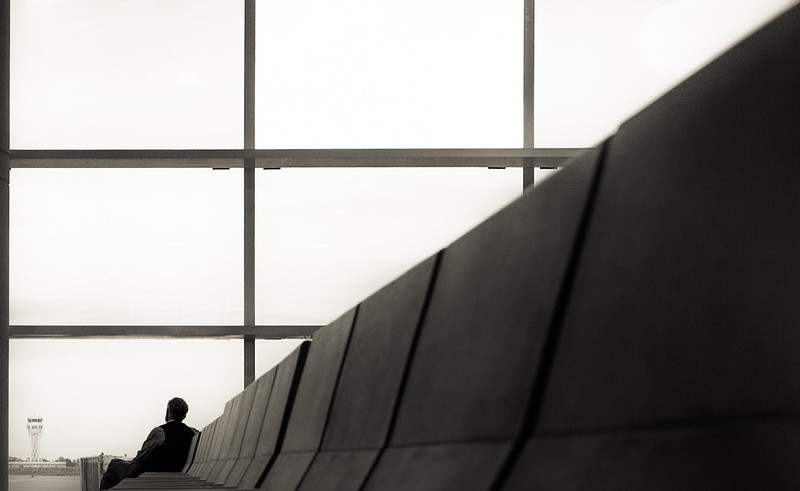 Day 282/365 by Marius Vieth (Free E-Book & Course on mariusvieth.com), on Flickr Day 282/365 by Marius Vieth (Free E-Book & Course on mariusvieth.com), on Flickr Untitled by matt's flickr account, welcome, on Flickr Untitled by matt's flickr account, welcome, on Flickr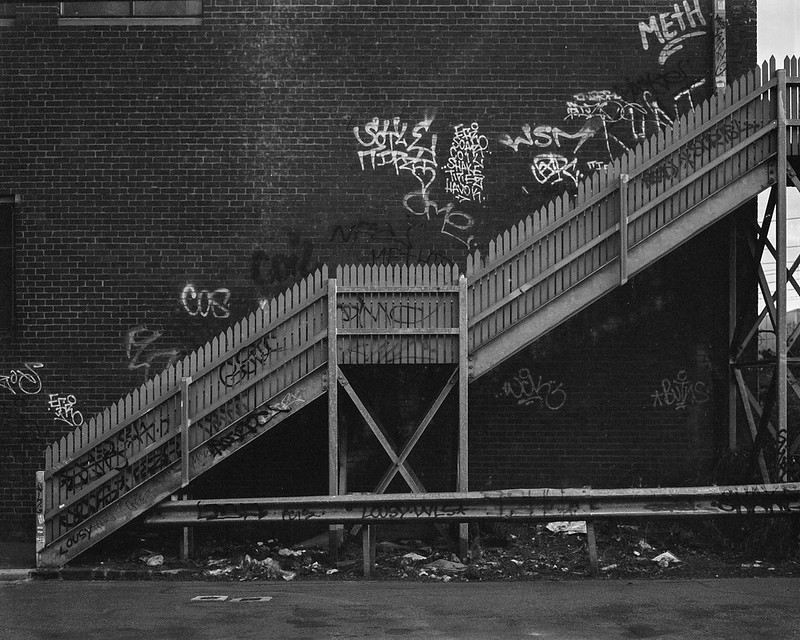 Kensington by Tim James, on Flickr Kensington by Tim James, on FlickrSome of my Photos 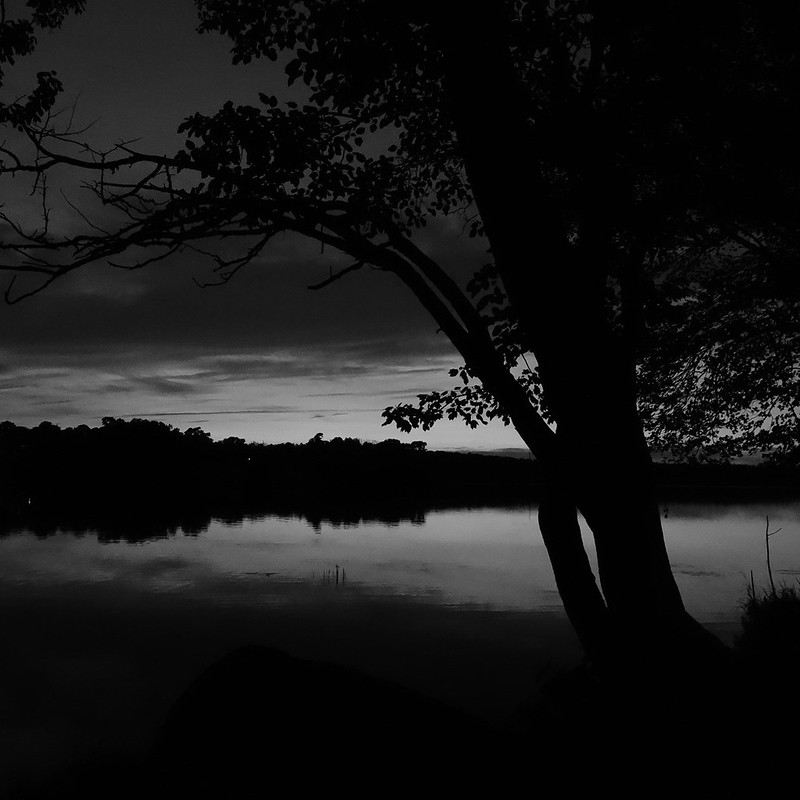 Desaturated Sunset (Manahawkin, New Jersey) by Esa Foto, on Flickr Desaturated Sunset (Manahawkin, New Jersey) by Esa Foto, on Flickr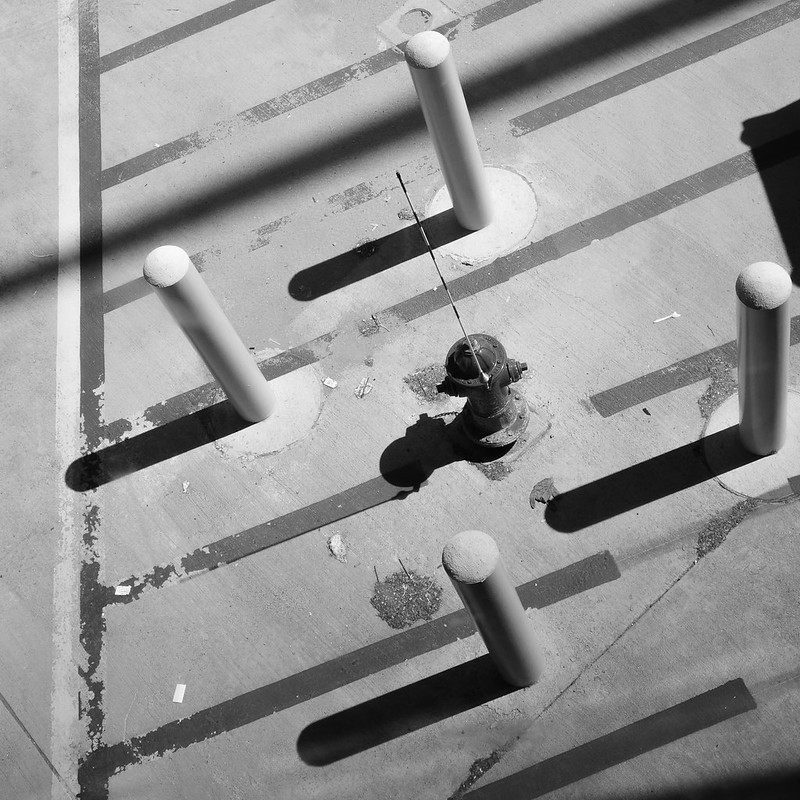 Parallel Lines (Boston, Massachusetts) by Esa Foto, on Flickr Parallel Lines (Boston, Massachusetts) by Esa Foto, on Flickr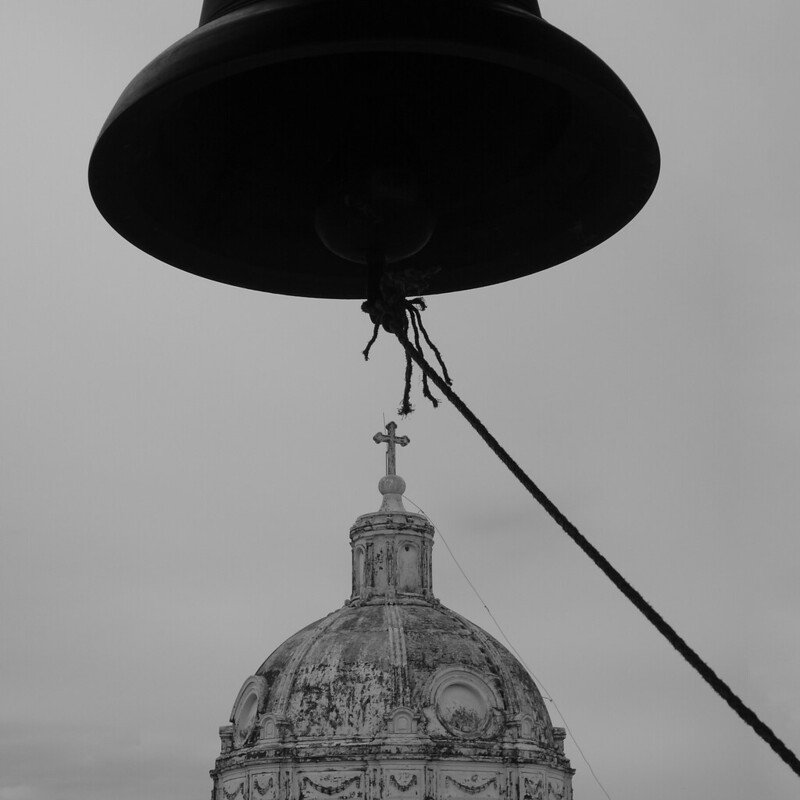 Church and Bell (Granada, Nicaragua) by Esa Foto, on Flickr Church and Bell (Granada, Nicaragua) by Esa Foto, on Flickr
|
|
|
|
LogisticEarth posted:Looking forward to this. My local photography club had Cole Thomspon present at their last meeting. He had a lot of great input, but one of the "doh" moments I had regarding his B&W tips was to put your camera in RAW mode (obviously) but set it to Monochrome. I knew you wanted to preserve the colors so you could manipulate them later, even if you planned it to be black & white. But for some reason I forgot that the camera would still record the colors in the RAW file, regardless of the camera's color settings. The advantage being that you can see the "rough" black and white view in the LCD preview, but still have the ability to manipulate it fully later. Additionally, if your camera can store settings, it is quite useful. I've been working on a B&W square project but I'm also traveling and I don't want all my photos shot under those settings. So I saved those settings so that I could quickly switch over to the custom mode, shoot, and change back to aperture priority. Edit: Cross post from Awesome Photos from Other Photographers I'm in Chipas, Mexico which is home to the Zapatistas movement. I was in a cafe and found these photos, I asked about the photographer and he/she was unknown. I spent the rest of the day exploring town and all the shops I went into, I couldn't find another copy of these photos, might be the only ones. Apologies for the terrible quality. If I manage to track down the photographer, I'll post better photos. 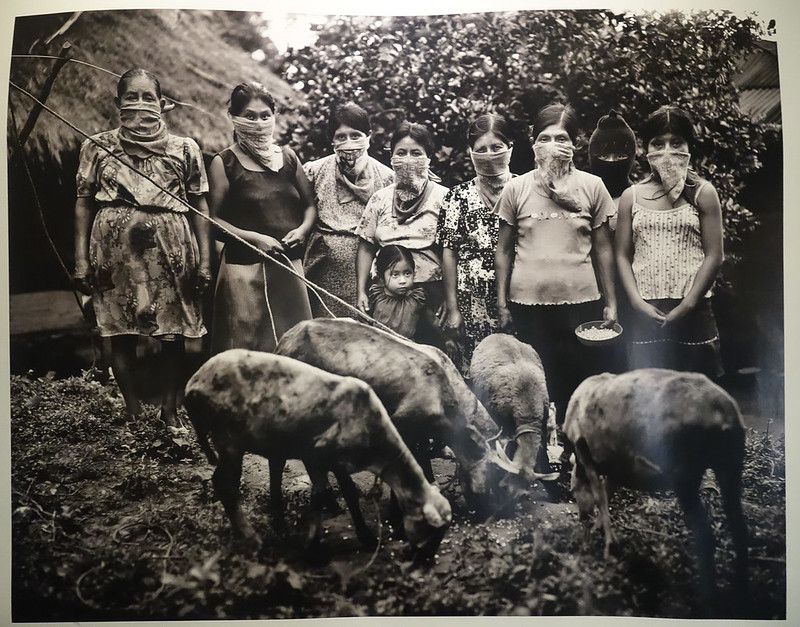 Zapatistas-1 by Esa Foto, on Flickr Zapatistas-1 by Esa Foto, on Flickr Zapatistas-2 by Esa Foto, on Flickr Zapatistas-2 by Esa Foto, on Flickr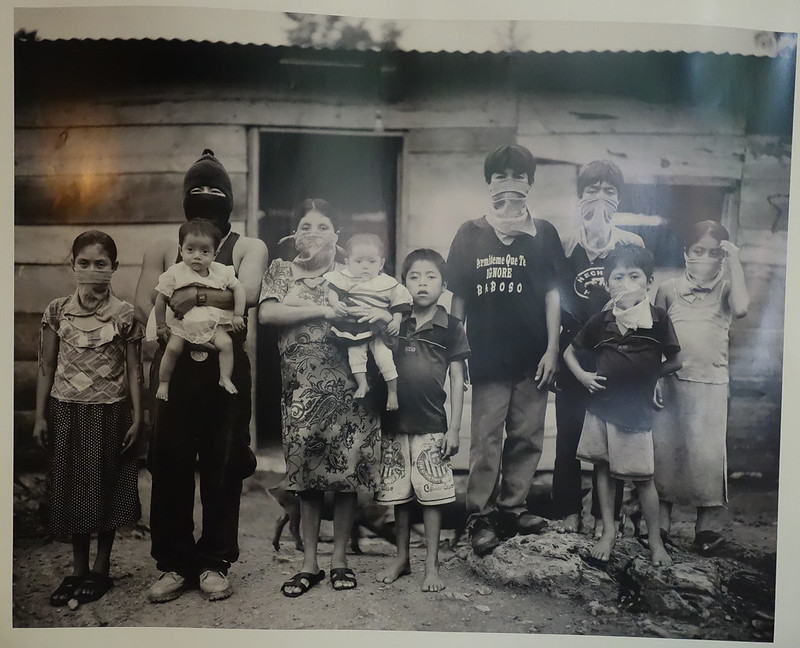 Zapatistas-3 by Esa Foto, on Flickr Zapatistas-3 by Esa Foto, on Flickr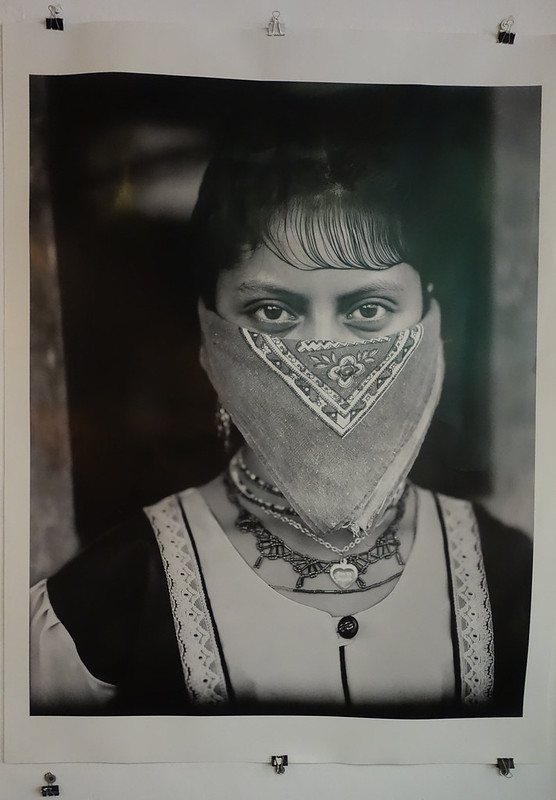 Zapatistas-4 by Esa Foto, on Flickr Zapatistas-4 by Esa Foto, on Flickr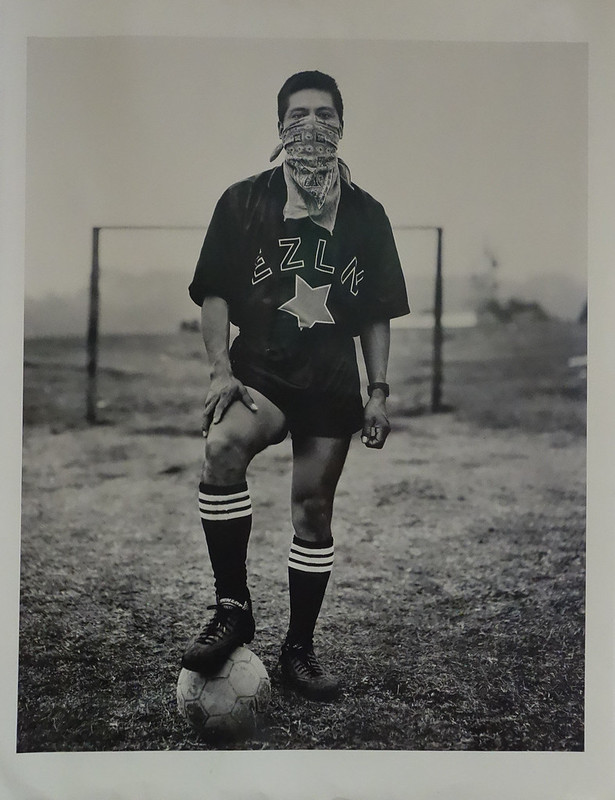 Zapatistas-5 by Esa Foto, on Flickr Zapatistas-5 by Esa Foto, on Flickr
huhu fucked around with this message at 23:26 on Oct 19, 2015 |
|
|
|
I've been looking to improve my black and white post processing. The two tutorials I've watched on Youtube result in bad photos. Who teaches black and white conversion in Lightroom well?
|
|
|
|

|
| # ¿ May 15, 2024 00:20 |
|
LogisticEarth posted:I don't know of any YouTube lectures, and I'm far from an expert, but one of the things that always seems key about B&W images is that you make sure you have a true black, and shoot for true whites as well. The histogram is your guiding light. Typically I'll set the images to B&W mode, kick the highlights way down, kick the shadows way up. Then, adjust the whites up until you have just reached the limit where the first pixel or two is blown out. Then drop the darks until you start to push the shadows to true black. If there is a particular feature or shape I want to be in, or close to, "true black", then I'll just hold down ALT and drop darks until I start to see that shape in the "lost" pixels. After that, I'll further tweak the contrast and levels, and often mess around with the tone curve, to make sure the image isn't muddy and has good contrast. If you're shooting in RAW and can mess with the individual colors, then that affords you a lot of flexibility. I went back to the photos I originally tried practicing black and white conversion on and think I got some better results this time. 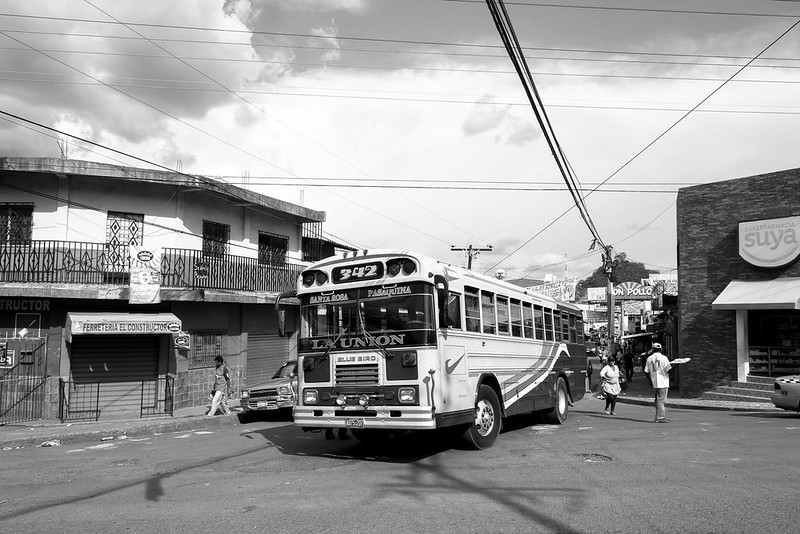 BlackAndWhite-6 by Esa Foto, on Flickr BlackAndWhite-6 by Esa Foto, on Flickr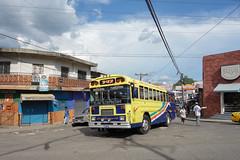 BlackAndWhite-5 by Esa Foto, on Flickr BlackAndWhite-5 by Esa Foto, on Flickr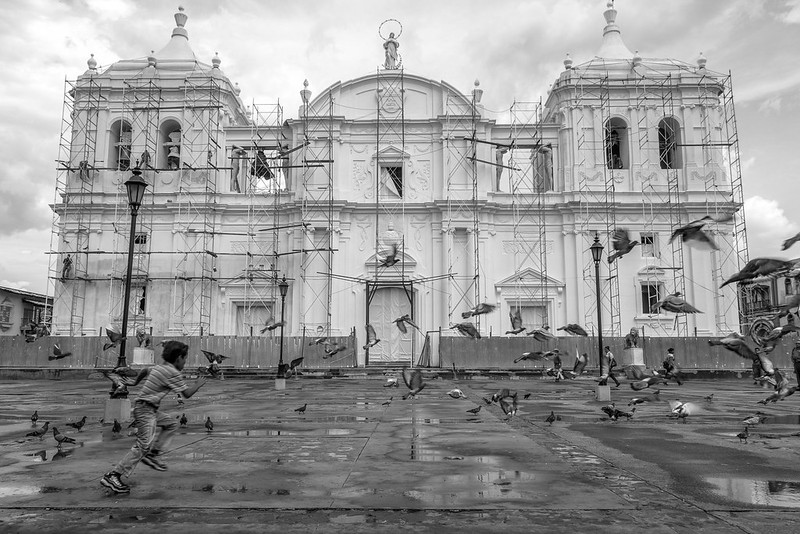 BlackAndWhite-4 by Esa Foto, on Flickr BlackAndWhite-4 by Esa Foto, on Flickr BlackAndWhite-3 by Esa Foto, on Flickr BlackAndWhite-3 by Esa Foto, on FlickrAs far as understanding the tone curve, I found this video: https://www.youtube.com/watch?v=rIuX4Qh1RVw which is quite informative.
|
|
|





